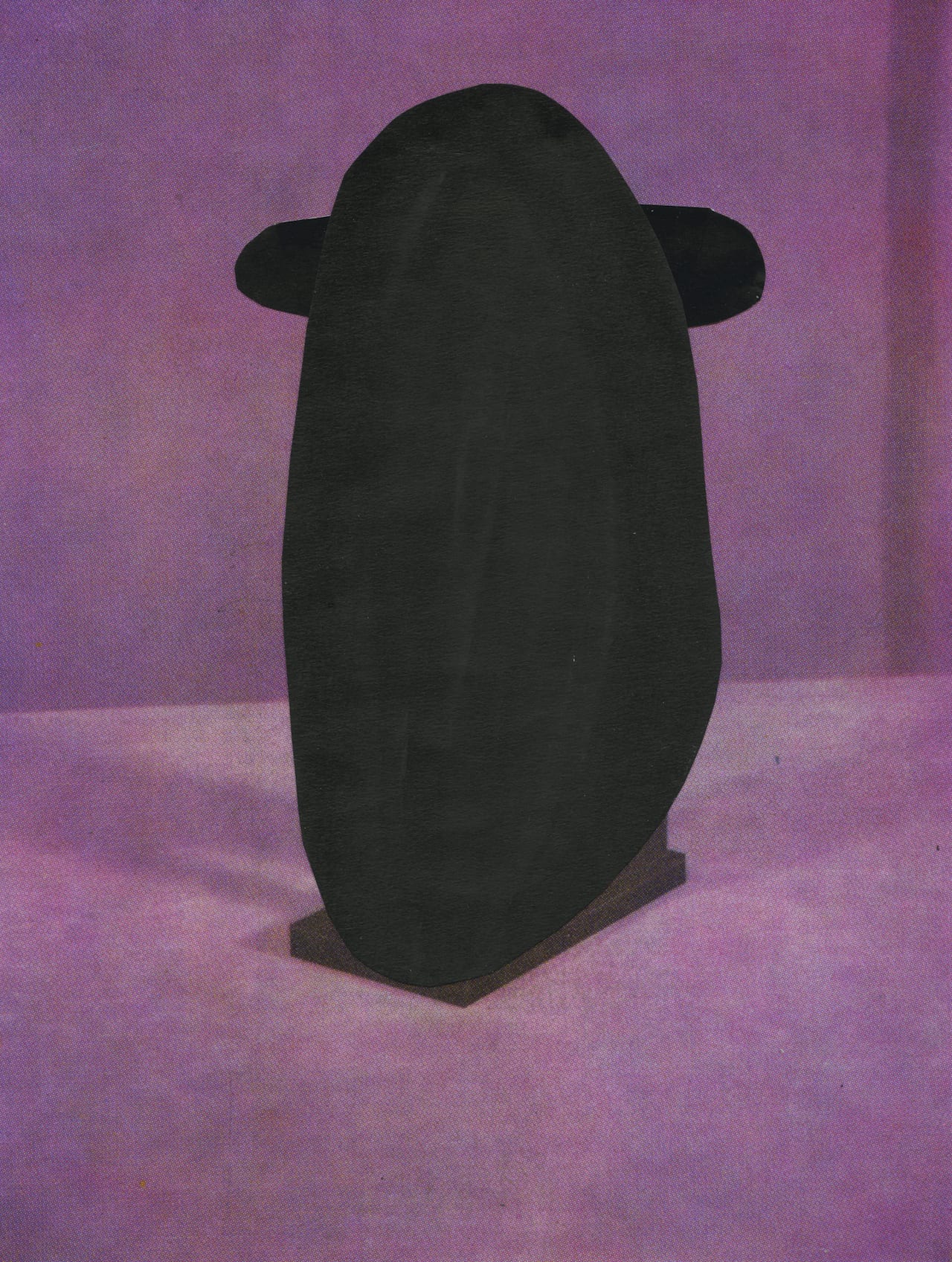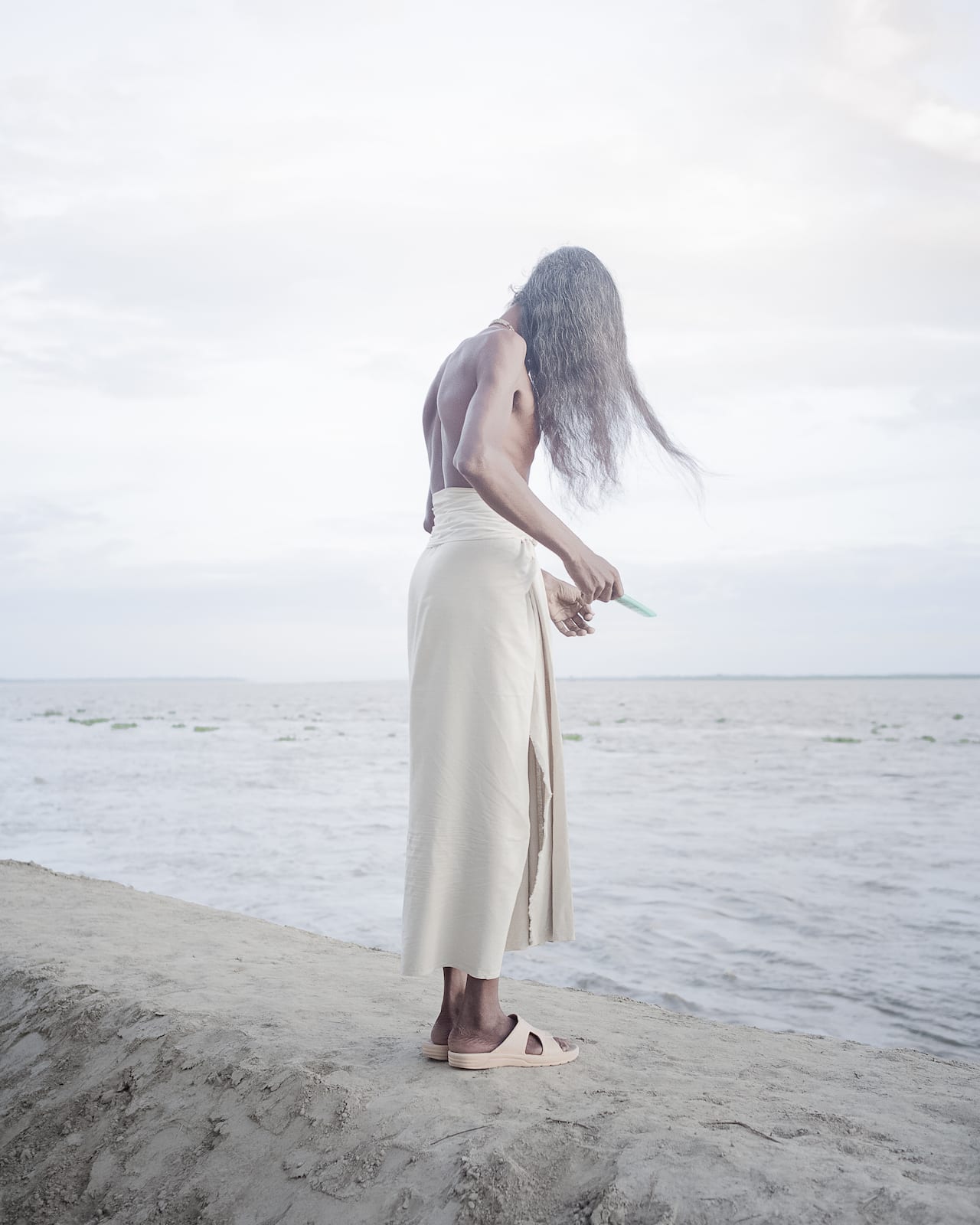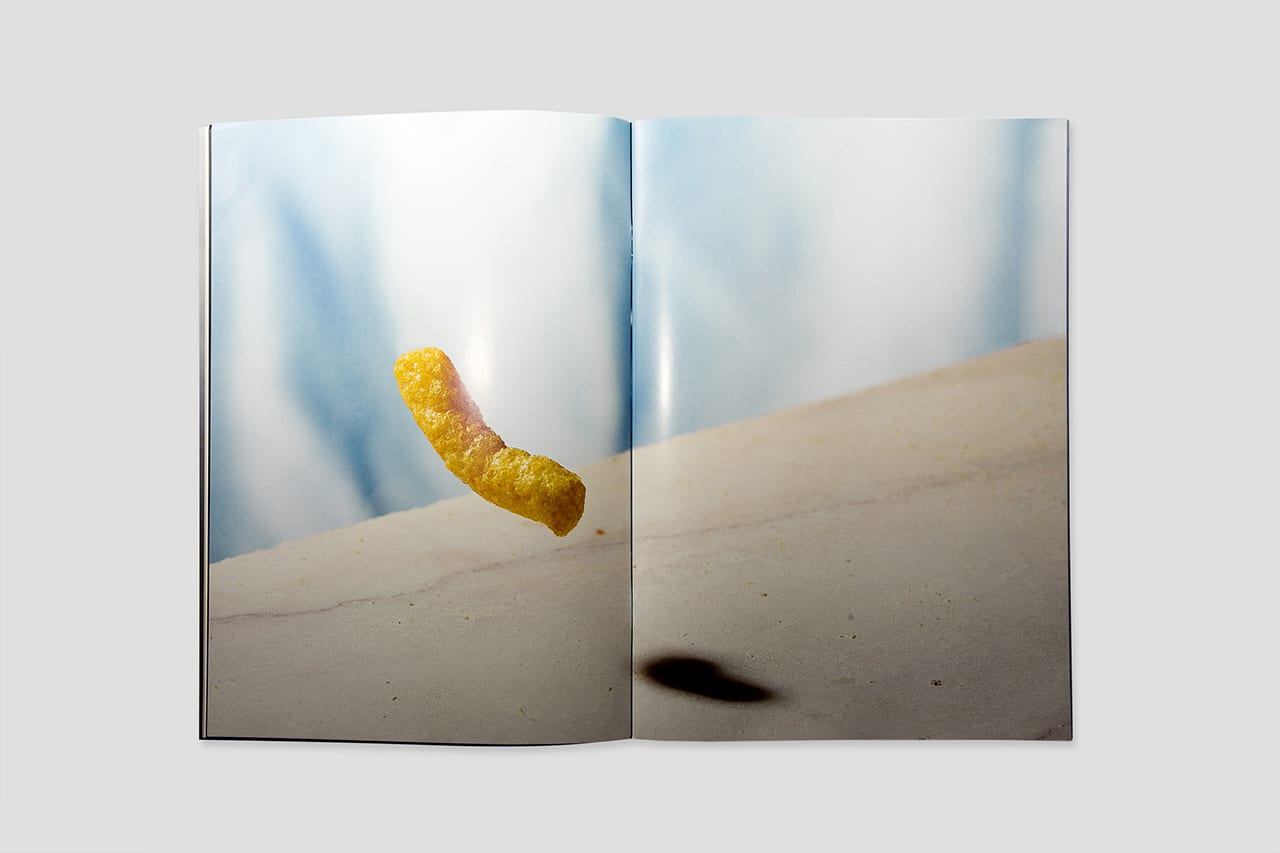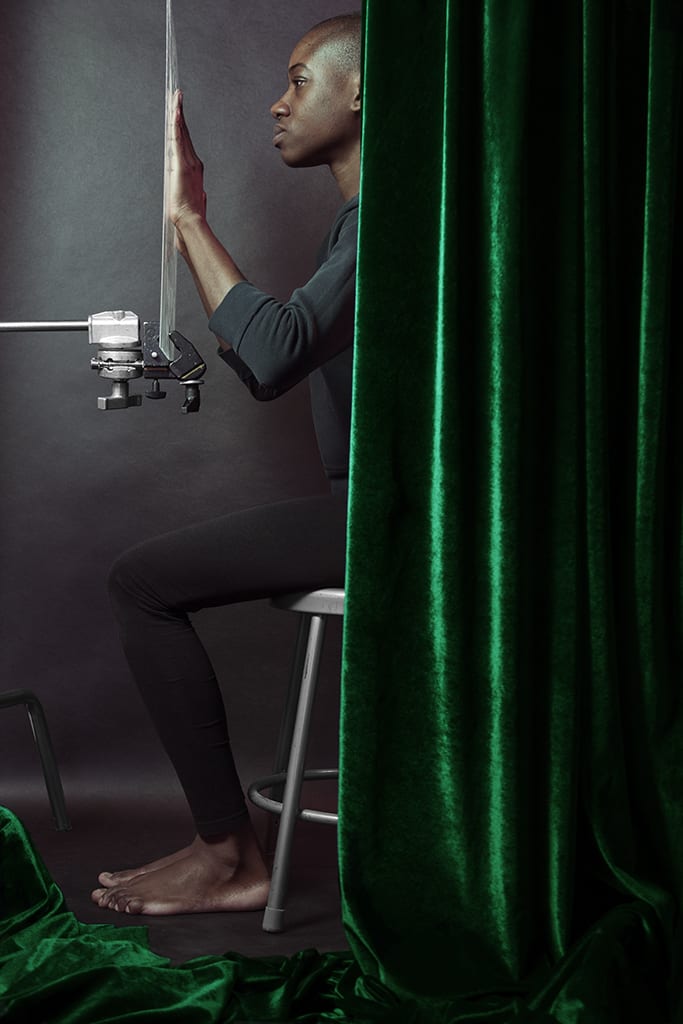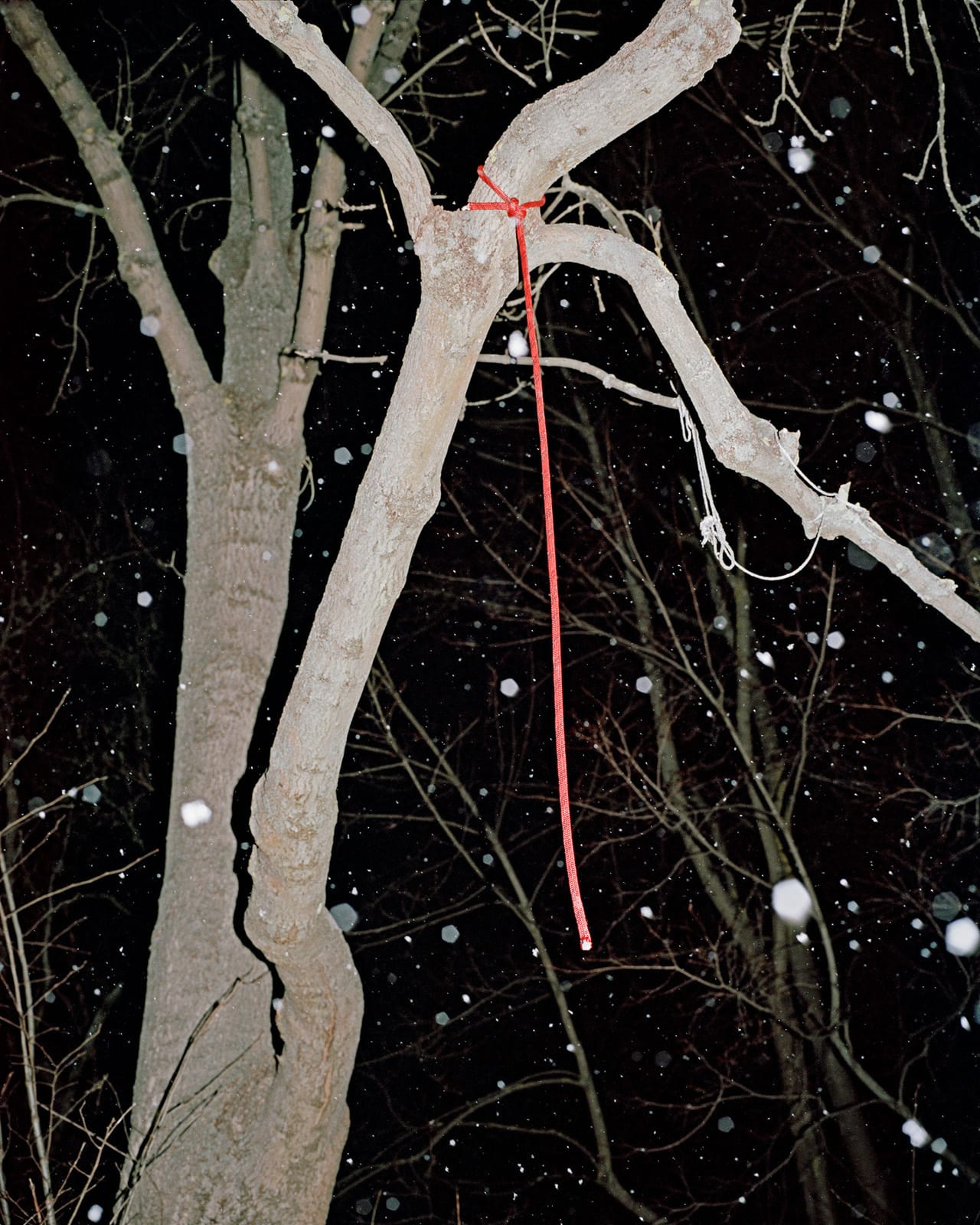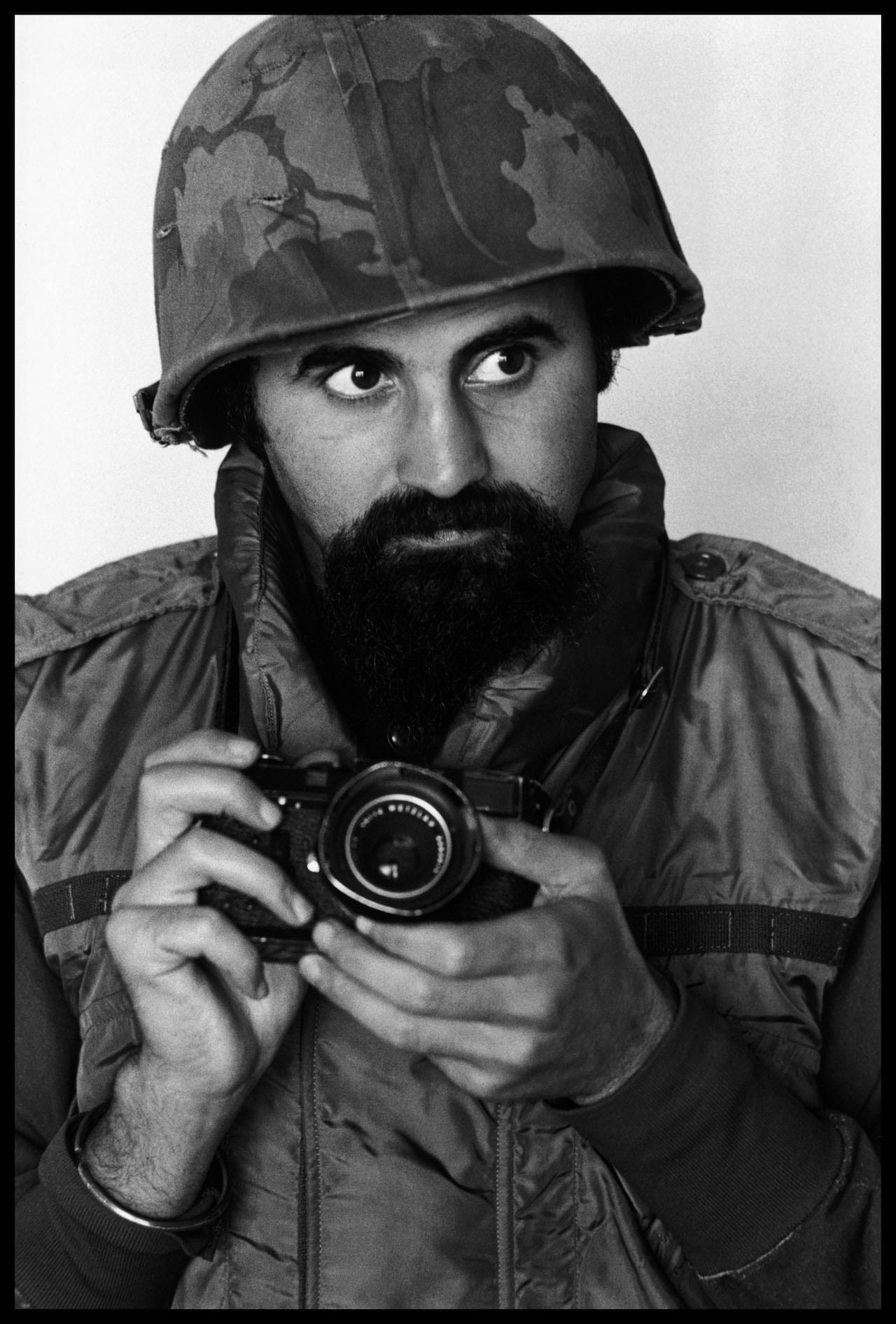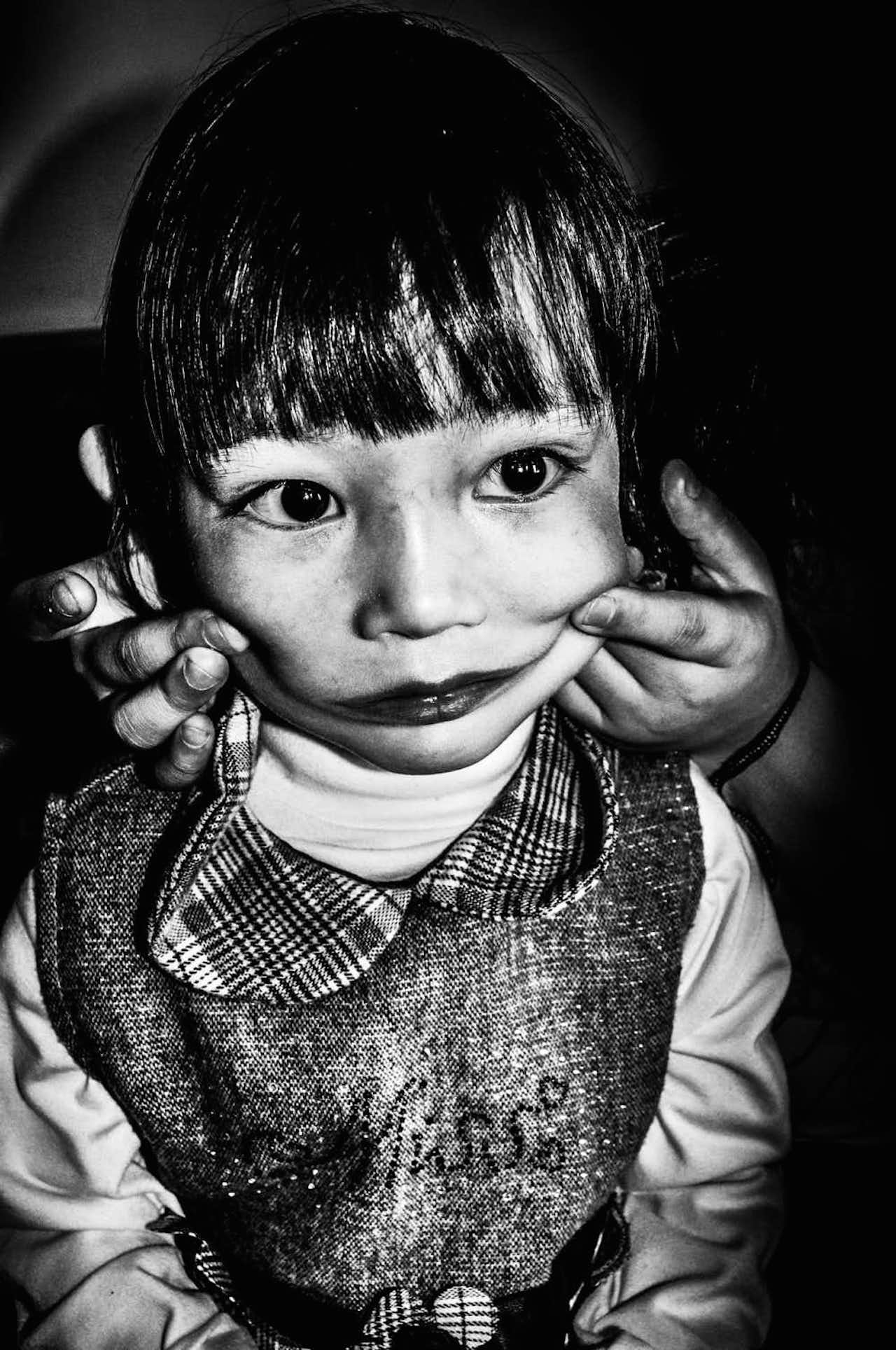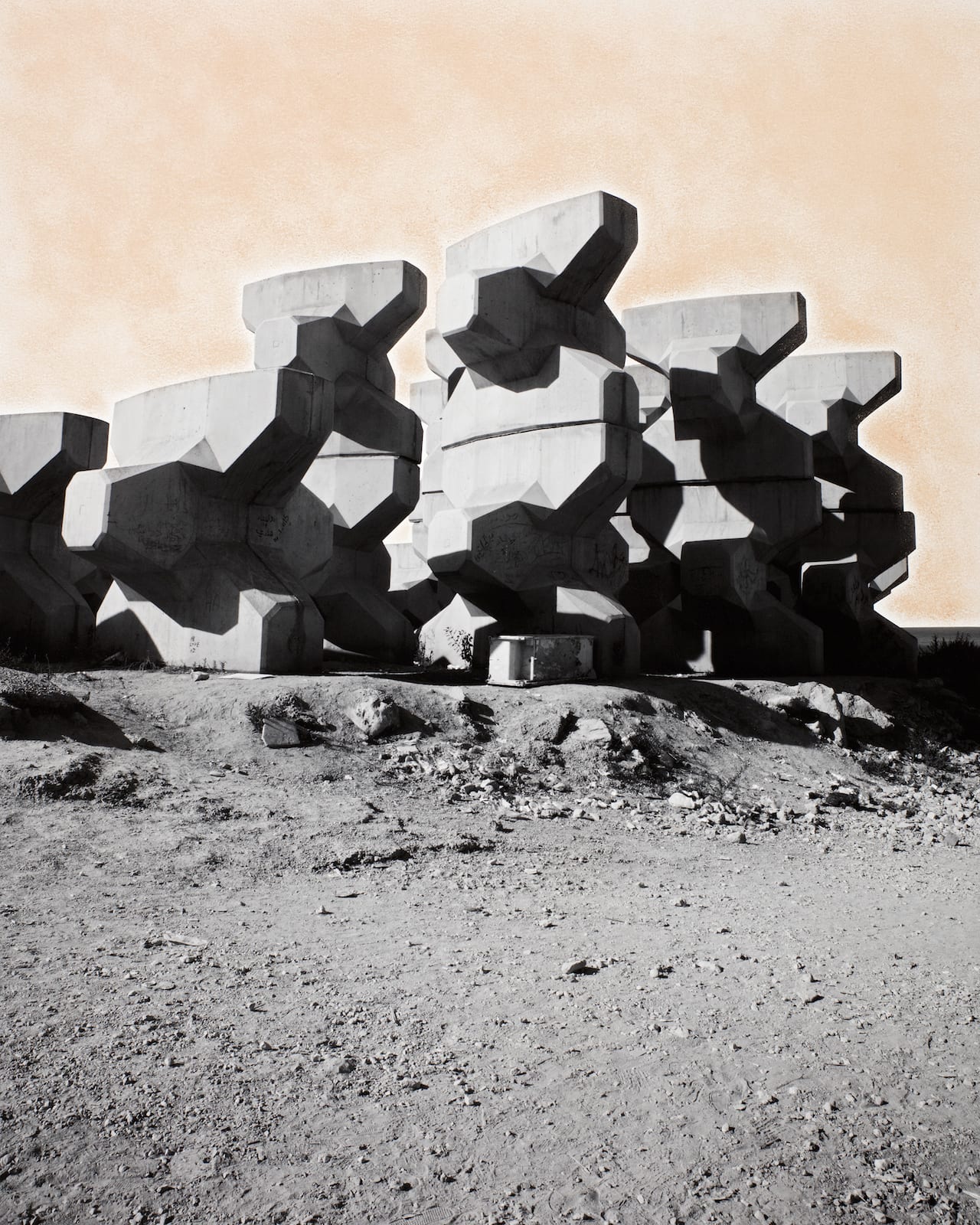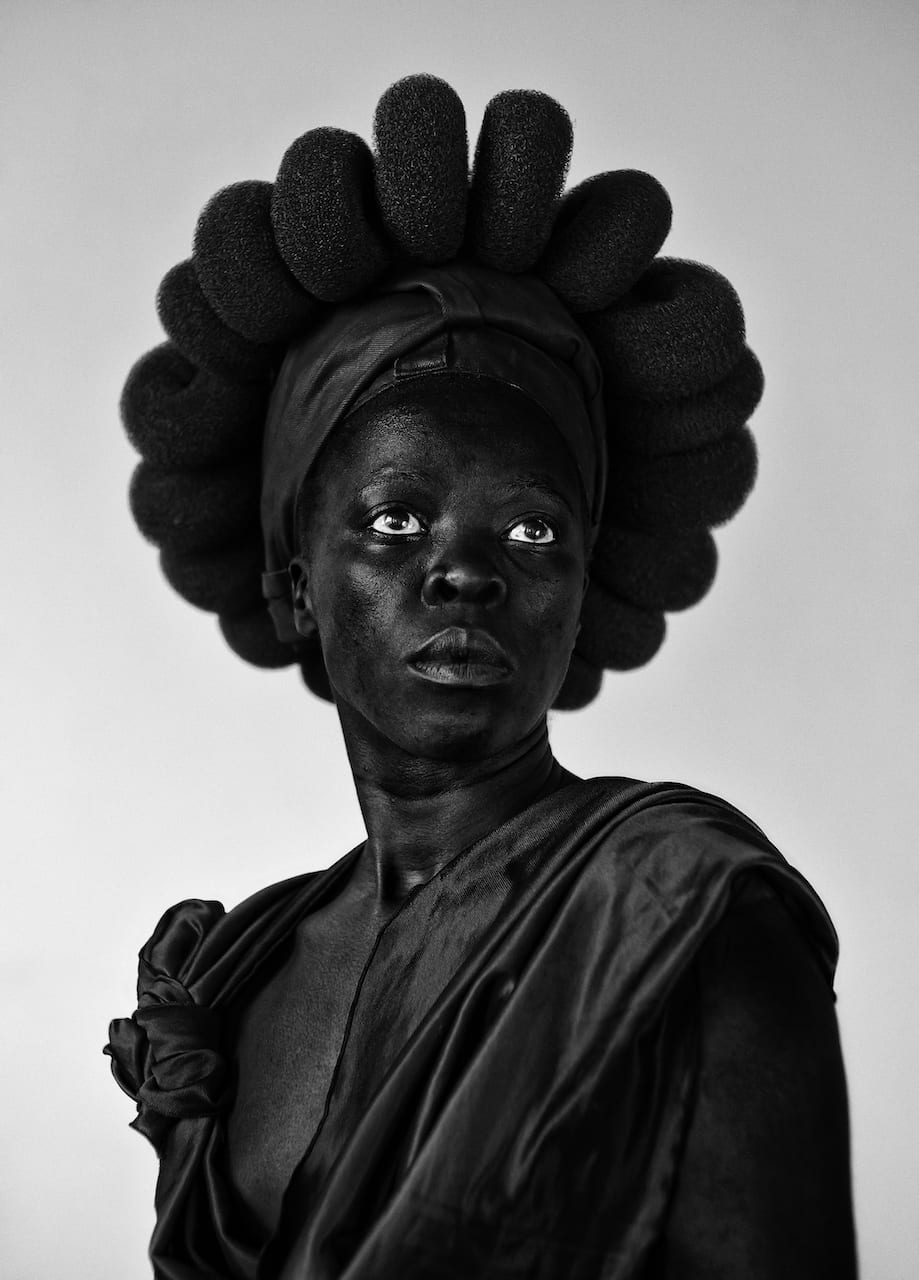Alighting at Peckham Rye train station in south London, a short walk across a busy market street takes you to the Bussey Building complex, a former cricket-bat factory that is now home to an assortment of bars, music venues, yoga studios and art spaces, including the Copeland Gallery. This bright exhibition space is once again the main site of Peckham 24 festival of contemporary photography, celebrating its third edition this year and running over the weekend of 18 to 20 May to coincide with Photo London – more than the 24 hours with which it launched and gave it its name. “Last year we were literally pushing people out of the door at midnight,” laugh the co-founders, Vivienne Gamble, whose Seen Fifteen gallery is in a nearby space, and artist Jo Dennis.
